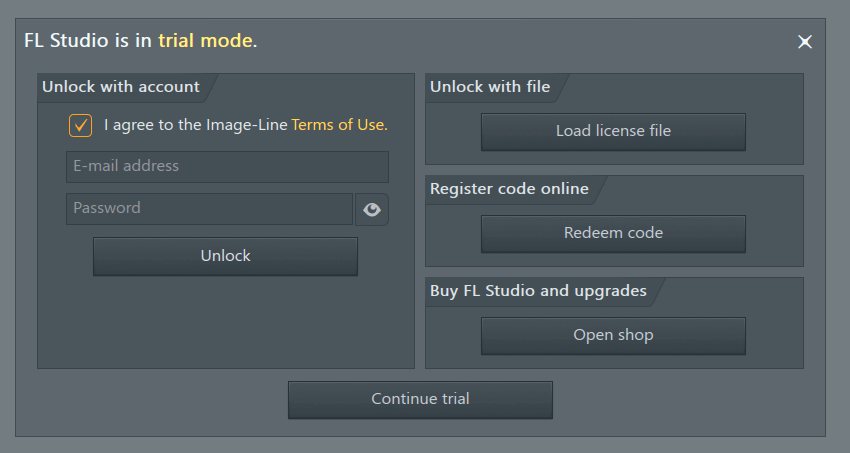

So what does that mean? Let’s look at the video above.
Playlist tracks are linked to channels/mixer but only for colour, icon and name. Channels are linked to mixer tracks, as usual. The #1 issue is that the real setup is this: MORE VIDEO CONTENT, NO MORE WINDOWS!!!!!!! HOOOORRRAAAYYYYY!! Introduction Playlist Track Mode Project Information - Project Statistics. Sampler Channels & Audio Clips time automation. Tools > Macros > Reset empty playlist tracks. I wouldn’t call it ‘Exposed’ for no reason though… I’m going to be going over the changes, see if I notice anything extra, and wade through a bit of the hype to see how cool this update is. Having control over these options might help speed up your workflow if your preference is to work mainly within the step sequencer window.įor more production tips, visit our Tutorials section.FLStudio 20.1 is out. Overall, this is a way to quickly adjust your notes without going into the full Piano Roll view. If you want to only adjust the levels of a single note, hold SHIFT while dragging the mouse after you’ve selected the note. You can smoothly draw in the levels just by dragging the mouse across the editor. You can also adjust all of the levels together by holding CTRL and dragging the mouse up and down in the editor. You can reset any changes you’ve made by holding ALT and left clicking inside the Graph Editor. “Shift” will adjust the timing of each note, which is the same tool used in the channel tools section of your channel. “X” and “Y” is filter cutoff/resonance, which applies to the settings you have in your filter in the channel settings. “Rel” is release, which applies to the settings in your volume envelope in the channel settings. Right-click the deactivate the slide.Īt the bottom of the Graph Editor, you can select the different editing options. You can also change any of these notes into slide notes by left-clicking the triangle at the top of the editor above each note. Just like in the piano roll, you can move these notes up or down to change the key. Below is the mini piano roll view that loads up as default once you select the Graph Editor with each note labeled by the key it’s playing. In the picture above, you can see normal step sequenced blocks entered into the “Hats” channel. To turn graph editing on, simply select the graph icon on the top right of the channel rack. 
There you can change the key, velocity, release time, pitch, panning, filter cutoff/resonance, and timing.

It allows you to change you step sequenced MIDI data into editable MIDI notes.










